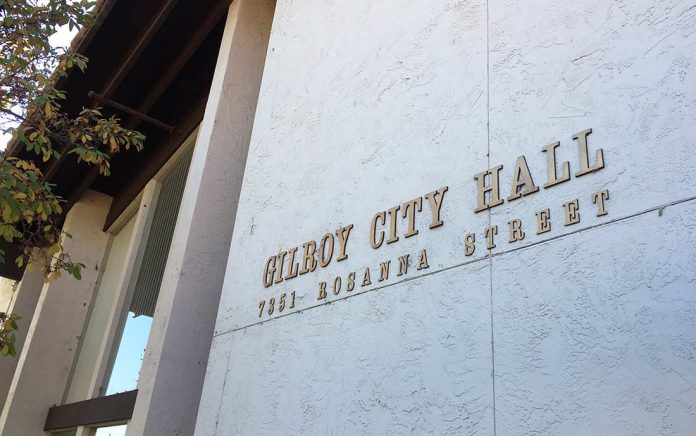Gilroy officials are optimistic that the city’s economy will rebound quicker than expected after more than a year of restrictions brought on by the Covid-19 pandemic devastated revenues.
City Administrator Jimmy Forbis and department heads presented the proposed budget for the next two years to the Gilroy City Council on May 24, which includes spending $175.5 million and $155.5 million during the 2022 and 2023 fiscal years, respectively. The budget allocates more money for streets and other infrastructure, as well as for rising pension costs.
The proposed budget is bolstered by an estimated $10.9 million the city expects to receive from the American Rescue Plan Act, which President Joe Biden signed into law on March 11.
Forbis said the funds could be used to bring back various positions that were laid off during the 2020 budget cuts, as well as invest more into infrastructure.
“The ARPA allows us to restore services sooner than we expected,” he said. “We call it ‘bridge funding’ because we didn’t think the economy would recover for the next two years. The influx of $10.9 million has helped a lot.”
A conceptual plan for the funds includes $3.2 million for street maintenance, $900,000 to eliminate employee concessions, and $2.2 million to restore 12 positions.
But Forbis, as he advised the council during a previous meeting, warned that officials are still uncertain how the money can be spent as they review the numerous requirements set by the federal government, adding that the plan could change.
According to Forbis, sales tax revenue has taken a major hit over the past two years, as shops have been closed during the shelter-in-place orders and cash-strapped residents hold back on purchases of non-essential items.
Sales tax revenue, which makes up nearly half of the city’s General Fund revenue that is used toward services such as police and fire, dipped 15 percent in 2020 and is expected to drop 20 percent in 2021 when compared to 2019 levels, according to Forbis.
The decline in tourism over the past year also cut the amount of taxes the city receives from hotels, with a 34 percent reduction and 45 percent loss in 2020 and 2021, respectively, he said.
However, with restrictions loosening, there are signs of recovery, Finance Director Harjot Sangha said. Sales tax revenue is anticipated to grow by 16 percent in 2022, and return to pre-pandemic levels by 2023, according to Sangha.
Annual payments to the California Public Employee Retirement System continue to rise, which are expected to increase by $6 million between 2019 and 2025, Forbis said.
In anticipation of the federal funding, the city eliminated a 9.23 percent pay reduction for managers and unrepresented employees on April 1.
The council is scheduled to consider adopting the budget on June 7.












